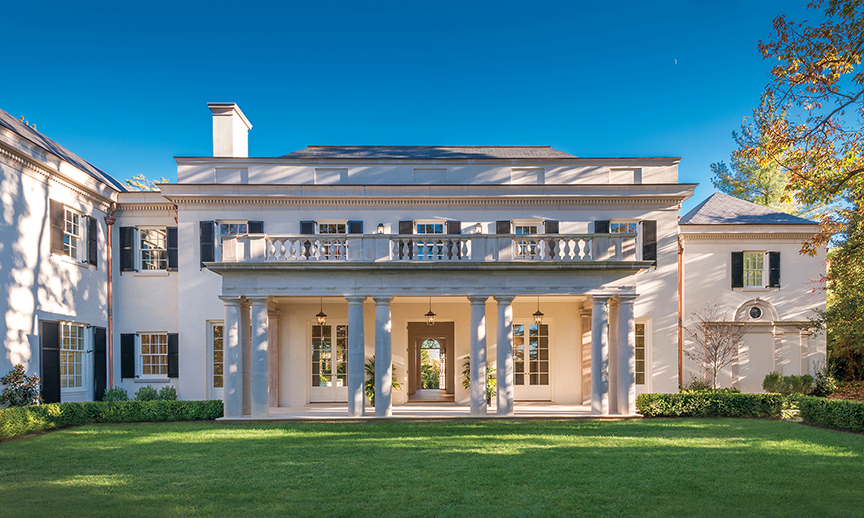
Photo courtesy Maxwell Mackenzie.
In 2017, Unique Homes is traveling the U.S. to find the dominant stories in each region of the country — This issue covers the Northeast and Mid-Atlantic.
By Camilla McLaughlin
To say 2017 is a year of change is an understatement, and real estate is no exception. Prices are up … and down. Condition matters, and design and architecture have almost become a national obsession. In our yearlong series, we are taking a look at all the regions of the country in an attempt to answer the question of the year,
WHAT NOW?
For real estate in major East Coast cities, 2017 culminates a decade of change. In many locations, it is a turning point of sorts with new value equations being forged and entirely new standards for luxury properties emerging. Lifestyle matters more than ever. Whether it’s a desire for arts and culture or an escape from ever-increasing gridlock, a penchant for urban living has become a prime driver for real estate in many markets. What changes also stays the same, as neighborhoods that were hot hundreds of years ago are back in vogue.
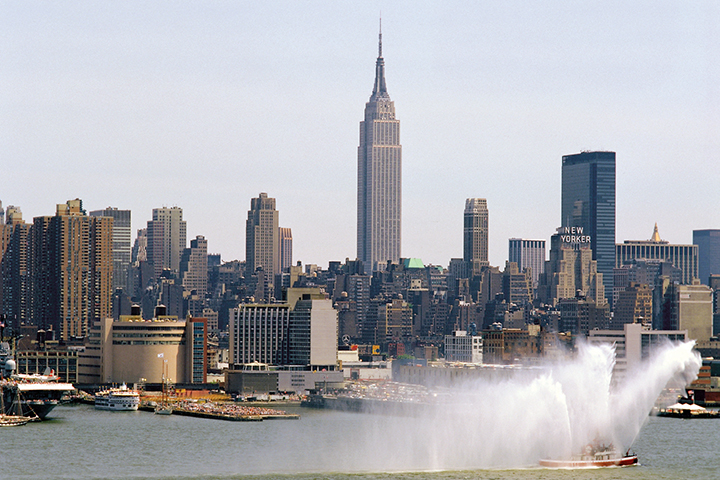
Photo courtesy ©getty images.
New York
“We used to say cash is king. I think right now value is king. Everyone from luxury down to the $1 million range wants to feel some value,” says Diane Ramirez, chairman and CEO of Halstead Property, about real estate in the Big Apple.
Few real estate markets received as much scrutiny in 2016 as New York. Reports from the first quarter of 2017 point toward a revival, with prices and transactions for resale apartments increasing by 5 percent year-over-year. Closing prices for new development averaged $4.3 million, 15-percent higher than the first quarter 2016. “Post election, we’re seeing a great deal of interest. In Manhattan, the luxury market is bubbling, very interesting and active. We’re seeing activity, but the higher you go up the more challenging it is. Yet, we recently closed on a $41-million-plus sale,” says Ramirez.
Years of white-hot demand tempered in 2016, and sellers have had to fine tune expectations and adjust to the new market reality. Ramirez explains: “Buyers, whether it’s $30 million or $16 million or $1.5 million, want to see or feel they got some value.” It doesn’t necessarily have to be price. It could be some type of a concession or initiative.
What’s hot here continues to be new. “People love new construction. They just love the newness. It’s no longer just about space,” Ramirez says, listing the benefits new construction delivers — views even from the kitchen, open plans with excellent flow, collaborative spaces and technology. And big windows that make these urban dwellings almost seem like a suburban home.
Fewer permit applications suggest development is slowing. New buildings currently in the pipeline are not on ultra prime streets. While still very upscale, they will come to market at lower price points. “I am happy to see some of the newest development coming in prices that are still in the $6 million range or higher but not starting at $8 million,” says Ramirez.
Highest-priced listing: $110 million penthouse in the Woolworth Tower Residences
Boston
“Boston is becoming a little shinier. The public gardens and esplanade, all the things we love about it, are still here, but you can definitely see change,” says Paul Grover, a partner at Robert Paul Properties. More than the skyline is being altered as recent construction, such as the 60-story Millennium Towers, introduces a new paradigm for premium properties. Unlike the townhouses prized by Boston’s legendary Brahmin, the lifestyle is ultra luxurious with services, architecture and amenities comparable to prime buildings in New York and San Francisco. For example, the Millennium has a private restaurant and bar, under the helm of Michael Mina, solely for residents.
Change is not new to Boston. For almost two decades, the city has been in a constant state of flux as one neighborhood after another is rediscovered. Some of the most compelling real estate stories today are coming out of old towns that ring city center. Newton, Brookline, Chestnut Hill and Weston remain luxury stalwarts, but close-in communities like Watertown, Chelsea and Everett are seeing record prices. Cambridge is white hot. In Somerville, once a haven for first-time buyers, million-dollar prices are not uncommon.
Right now, Boston has one of the hottest real estate markets in the country with the number of single-family homes for sale down 35.2 percent year-over-year in February; condos were down 27.6 percent. Statewide, February marked the 60th time in the last 61 months with a year-over-year inventory decrease.
What’s hot: Close-in locations with access to transportation.
Highest-priced listing: Woodland Manor, a $90 million estate on 14 acres, less than 6 miles from the center of the city in Chestnut Hill.
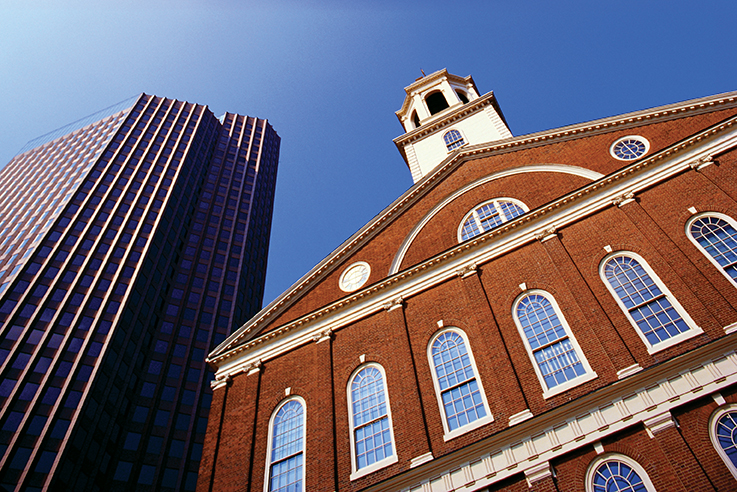
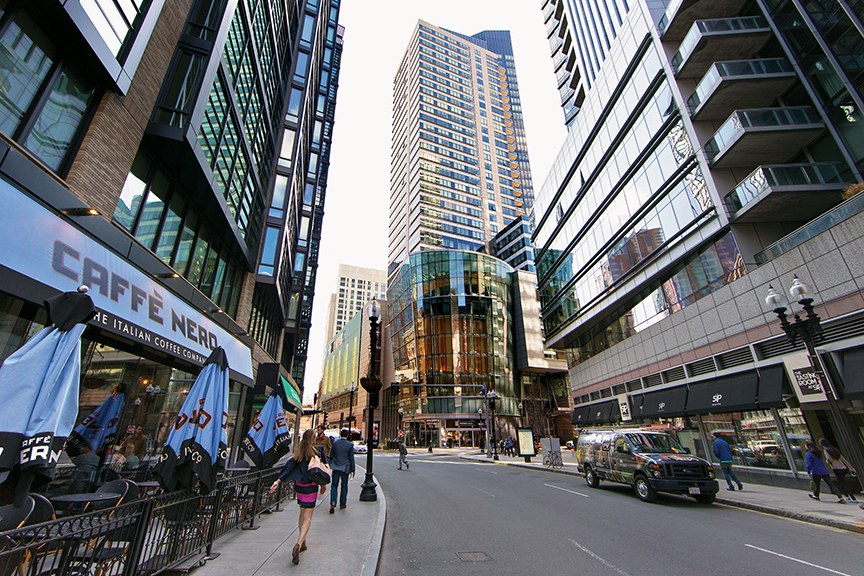
Top: ©getty images; Bottom: 2 Avery Street, courtesy Robert Paul Properties.
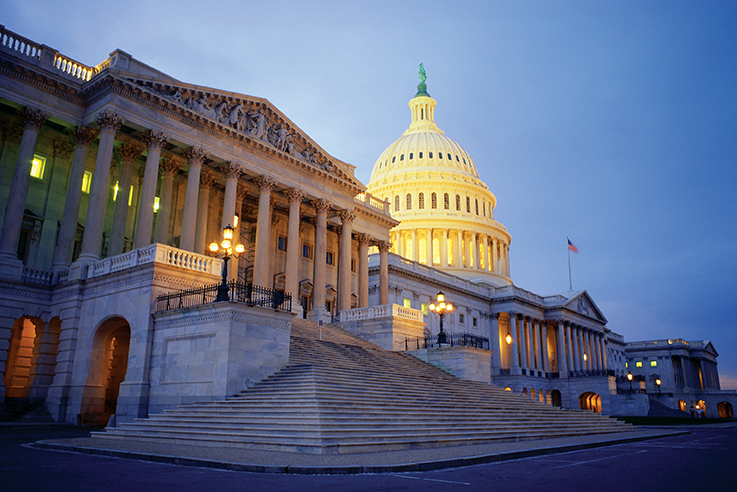
Photo courtesy ©getty images.
Washington, D.C.
“The thing with D.C., it’s always been a solid market with so many people moving in and out,” says Katherine Herndon Martin with McEnearney Associates. Long before the recession, Washington’s real estate star was on the rise, and in recent years it has charted among top markets nationally. In March, homes were selling within two weeks, with the number of units sold up 15 percent vs. a year ago.
The recent focus on ultra properties on Kalorama Road has pushed upscale Washington into the limelight. Until recently, prices above $12 million were rare, but billionaire interest, beginning with Jeff Bezos’ purchase of a $23 million property on S Street, puts new upscale dynamics in play. Similar to Beverly Hills, new estates, rather than new towers, create rising benchmarks for luxury here.
The most expensive property on the market in the District of Columbia is a $22 million estate on Chain Bridge Road on the second-highest point in the
city. (The National Cathedral is the highest.) At first glance, the regency-styled home seems to be one of the city’s historic estates, but it is newly built and constructed with a level of materials and attention to detail comparable to that found in the most expensive areas of the country.
The other facet of the D.C. real estate story is continued redevelopment and gentrification of neighborhoods and parts of the city, a process that began decades ago. Some of the newest hot areas include Brookland near Catholic University as well as neighborhoods around Logan Circle. In many of the suburbs, bigger continues to have great appeal with buyers often adding on to what is already substantial square footage in properties in Potomac, Maryland and McLean, Virginia.
Highest Price in the Region: $24 million for new construction in McLean, Virginia.
Highest Price in the District: $22 million for a newly constructed estate in the Foxhall Neighborhood.
Philadelphia
Eds and meds is how Mark Wade with Berkshire Hathaway HomeServices Fox and Roach Realtors sums up part of the draw to Center City Philadelphia. But, based on the large number of downsizers exchanging suburb for city, arts and culture are easily in the mix. The big news here is new super premium buildings that fetch unheard of prices, especially for condominium residences. “Basically, what we have is that Philadelphia is a town of Toyotas and Mercedes. That’s our high-rise market. What’s coming down the pike are Bentleys. There is a huge disparity between the two. The gap is unbelievable,” Wade says referring to the recent sale of an 8,900-square-foot, two-story penthouse at 500 Walnut for $17.85 million, a record in a city where the previous high priced sale was a $12.5 million penthouse, set in 2010.
Newcomers, particularly those drawn by the universities and medical systems, also opt for a home in the city. “Twenty-five years ago, the trend was the exact opposite. Somebody would move here, say from Atlanta, and they would bypass the city and magically end up in the suburbs. Today, when we get a transferee like that, it’s the exact opposite,” observes Wade. Additionally, the city attracts a large contingent of commuters to Manhattan, who happily trade an hour in the car for a productive hour on the train.
Highest-priced listing: $16.795 million for a
Society Hill condo.
On the radar: New ultra-luxury buildings, such as the Residences at the Ritz Carlton, are setting records over $10 million.
Market Insight: “When our market rises, it does so at a sustainable pace,” says Wade. “When our market falls, it does so gradually — we don’t have the crazy ups and downs of say a Miami, or New York, or D.C. We seem to chug along either up or down. Nothing wrong with that!”
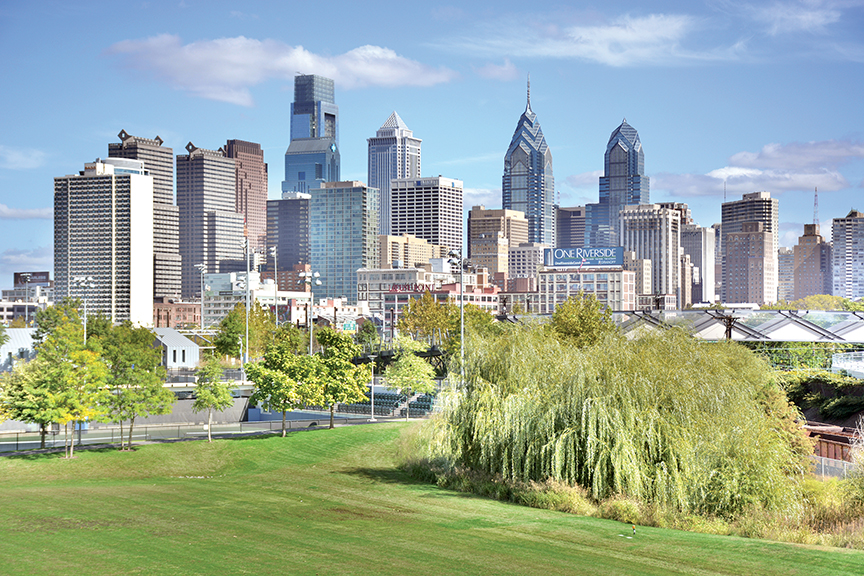
Photo courtesy ©Mefmanoo/Wikimedia Commons.
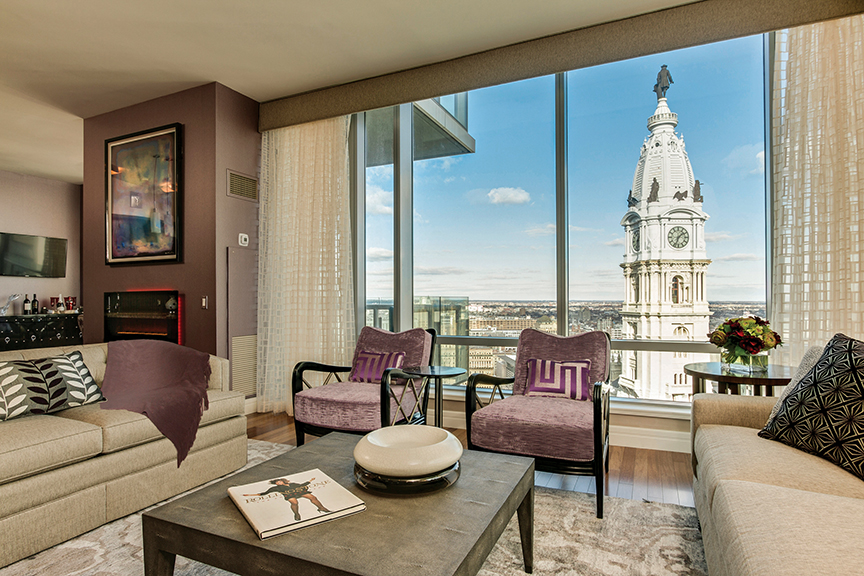
The Residences at The Ritz-Carlton, Philadelphia. Photo courtesy Ritz-Carlton.
Baltimore
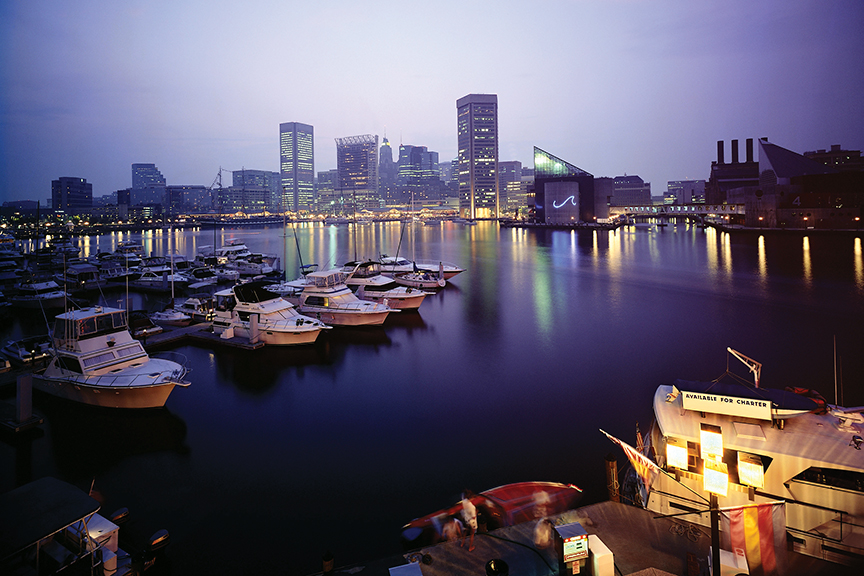
Photo courtesy ©getty images.
Charm City is more than just a catchy moniker. “Baltimore is a hotbed,” and when you are here you discover that it literally is Charm City, observes Charlie Hatter, owner of Prime Building Advantage and Monument Sotheby’s International Realty in Baltimore. “Luxury real estate is doing very, very well,” he says, citing a recent $6 million sale. “Anything above $2 million is considered ultra luxury for this market.” High-end suburbs including Roland Park and Towson and properties in the horse country see strong demand.
The ambiance of the city and prices bring a number of new residents who have children in New York or Washington, D.C., which are both an easy train ride away. Revitalized areas in the city and inner harbor area are in demand. Like many places, sales were slow or even stagnant in summer and fall. On the other hand, Charlie Hatter describes the spring market as “huge” with lots of activity around the inner harbor, as well as areas that have been revitalized. “People love the charm and the uniqueness of the older properties,” he says.
Highest-priced listing: $12.5 million for a Four Seasons penthouse with skyline and water views.
This story originally appeared in Unique Homes Ultimate ’17. Click here to see the digital version.


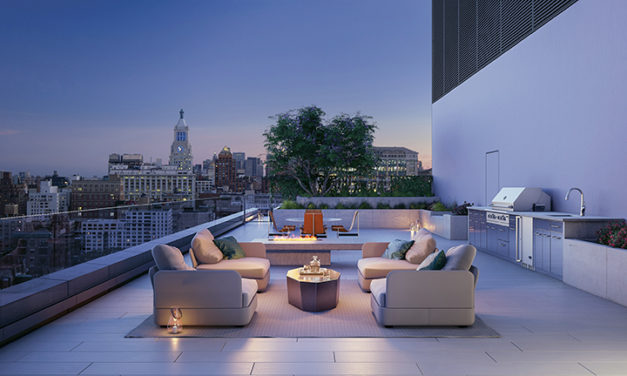
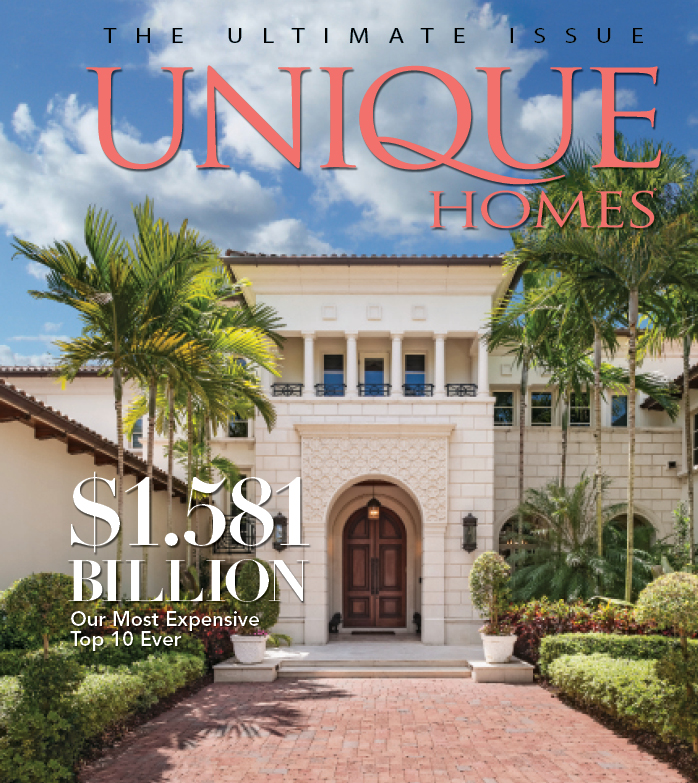
Leave a Reply